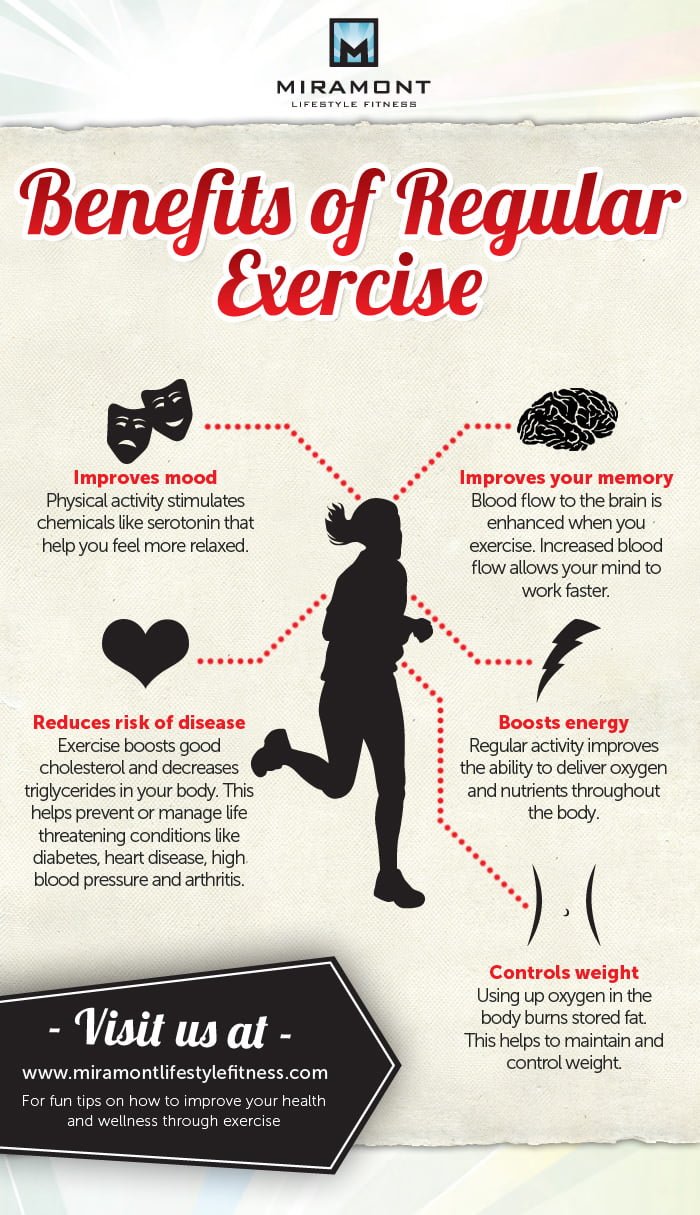According to research, exercise helps bring about brain changes which can protect against cognitive decline in individuals at high risk, which includes Alzheimer’s disease. The study indicates that the benefits of exercise to brain function could be even greater for individuals at genetic risk for Alzheimer’s disease compared to those without the genetic risk.[1]
Individuals who have a high-risk gene for Alzheimer’s, as well as other healthy older individuals who don’t have the gene were included in the study. Although evidence already shows that physical activity is linked to cognitive function maintenance throughout life, the majority of this research has been performed with healthy individuals, with no consideration of Alzheimer’s risk level.
Brain activation during memory processing was compared in 4 separate groups of healthy 65 – 85 years old individuals. Risk level was based on whether they carried the APOE-4 allele. Status of physical activity was based on how often and how much physical activity was reported. The individuals were divided into Low Risk/Low physical activity, Low Risk/High physical activity, High Risk/Low physical activity and High Risk/High physical activity.
Functional magnetic resonance imaging was made use of for measuring brain activation of individuals while performing a mental task which involved discriminating among famous people. A wide network called the semantic memory system is engaged with this test, with activation happening in 15 different functional brain areas.
In individuals with the gene, those who exercised showed greater brain activity in memory-related areas compared to sedentary individuals.
Individuals with the gene who were physically active had greater brain activity compared to individuals who were not gene carriers and physically active.
There are numerous physiological reasons that could explain this. As an example, individuals with the increased activation could be compensating for an underlying neurological event that’s associated with cognitive decline. Making use of more areas of the brain could provide protection, even in the presence of disease.

